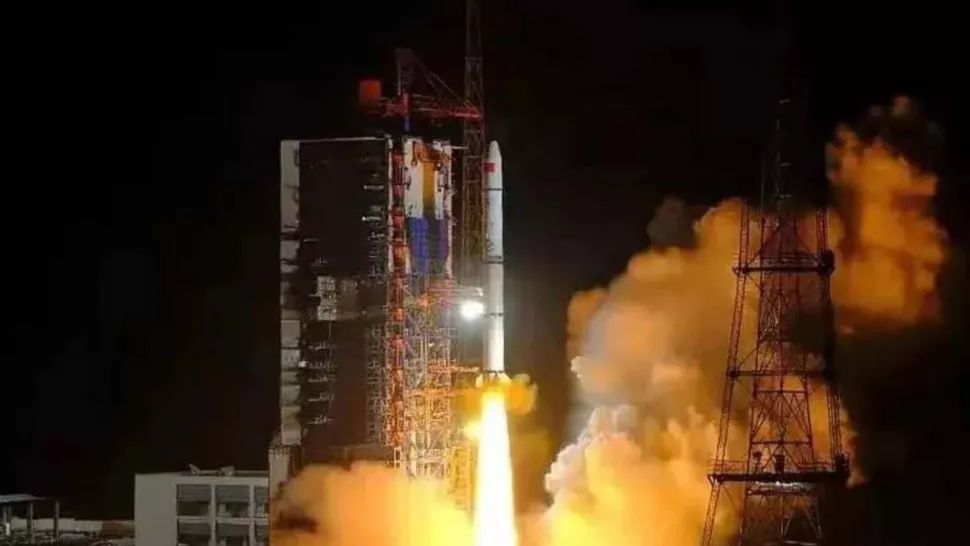
China conducted two launches of classified Yaogan satellites in the last week while much of the world waited to see where and when the Long March 5B would fall.
A Long March 2C rocket lifted off from the Xichang Satellite Launch Center in southwest China at 2:11 p.m. EDT Thursday (1811 GMT, May 6, or 2:11 a.m. local time May 7), sending the eighth trio of Yaogan-30 satellites into a 370-mile-altitude (600 kilometers) orbit.
The Yaogan-30 (08) triplets join seven previous groups in orbit which have been launched since 2017.
The satellites will be used for electromagnetic environment surveys and other related technology tests, according to state media Xinhua.
No images and few details of Yaogan satellites are released, much in the same way as classified launches carried out by other countries. Yaogan series satellites are understood by western analysts to be Chinese military reconnaissance satellites.
A report from the Institute of Microsatellite Innovation of the Chinese Academy of Sciences (CAS) states that the Yaogan-30 (08) satellites have a new multi-satellite network operation mode, mainly used for “electromagnetic environment surveys and related technical tests.”
The satellites’ lifespan and reliability have also been improved over those previously launched, the report says (Chinese).
Also aboard the flight was Tianqi-12, a small satellite for Internet of Things (IoT) data connectivity for the Beijing-based commercial company Guodian Gaoke.
The Yaogan-30 (08) mission was preceded by a Long March 4C launch of the Yaogan-34 satellite on April 30 at 3:27 a.m. EDT (0727 GMT, 3:27 p.m. local time).
The Long March 4C rocket lifted off from the Jiuquan Satellite Launch Center in the Gobi Desert of northwest China, placing Yaogan-34 into a 680-mile-high (1,100 km) orbit.
Yaogan-34 was described as an optical remote sensing satellite for surveying land resources, urban planning, road network design, crop yield estimation and disaster prevention and reduction. It will also provide information services for the construction of the Belt and Road, China’s regional and global infrastructure development strategy, according to Xinhua.
The launches were China’s 12th and 13th of 2021. The country is aiming to launch at least 40 times this year.
Also expected in May is the launch of the Tianzhou-2 cargo and refueling spacecraft to the new Tianhe space station module recently launched by the Long March 5B.


